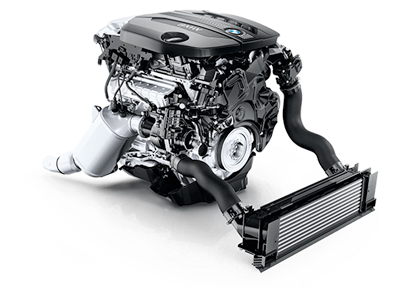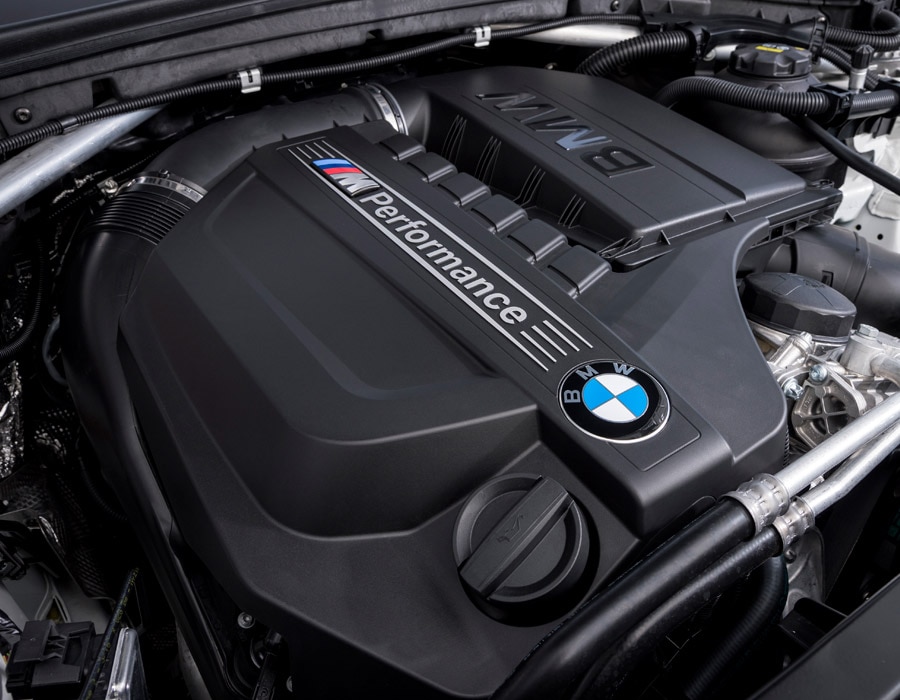The Function of BMW Engine Style in Achieving Exceptional Fuel Efficiency
The Function of BMW Engine Style in Achieving Exceptional Fuel Efficiency
Blog Article
Exploring the Development of Combustion Engines in Modern Transport Equipments
As we browse the landscape of modern transport, the evolution of burning engines stands as a testimony to human ingenuity and design expertise. From their modest starts to the innovative giants propelling vehicles today, burning engines have actually gone through an impressive trip of technology and adjustment. Comprehending the ins and outs of this development not only clarifies the past but additionally paves the way for envisioning what exists in advance in the realm of transportation technology. The interaction of background, innovation, and environmental issues fit the trajectory of burning engines develops a narrative that is both compelling and informative.
Very Early Beginnings of Combustion Engines
How did the idea of burning engines very first emerge in the very early stages of transport advancement? The roots of burning engines can be traced back to the 17th century when the concepts of inner combustion were initial checked out. In 1673, Christian Huygens conceived a basic interior combustion engine that utilized gunpowder to generate power. Nevertheless, it had not been up until the late 19th century that sensible applications of combustion engines in transportation began to emerge.
The advancement minute came with the creation of the initial successful gasoline-powered engine by Karl Benz in 1885 - bmw engine. This engine led the way for the growth of the modern car, revolutionizing transportation systems worldwide. Succeeding developments by Nikolaus Otto and Gottlieb Daimler further fine-tuned burning engine technology, bring about the automation of cars and the quick development of the transportation industry
These early combustion engines were characterized by their simplicity and efficiency, laying the foundation for the complex and effective engines made use of in modern-day transport systems. The advancement of burning engines has been important in shaping the way we travel and transfer goods, marking a significant landmark in the background of transport advancement.
Shift to Internal Burning Modern Technology
The change to interior combustion technology noted a crucial shift in the evolution of transportation systems. This shift began in the late 19th century, with inventors like Nikolaus Otto and Gottlieb Daimler creating the very first successful inner burning engines. These engines transformed transportation by supplying a much more efficient and powerful option to steam engines and electrical motors.
One of the key benefits of interior burning engines was their capability to be scaled down to fit right into automobiles, resulting in the growth of cars and motorcycles. This change from large, fixed engines to small, mobile ones led the way for the modern transport systems we see today.
The transition to interior combustion modern technology also stimulated developments in gas innovation, bring about the development of gasoline and diesel as key fuel sources for vehicles. This change not only made transportation more available to the masses however additionally laid the foundation for the oil and gas sector to become indispensable to global economic situations.
Impact of Combustion Engines on Transport
The fostering of burning engines in transport systems catalyzed a profound change in the performance and speed of worldwide mobility. Combustion engines reinvented transport by offering a functional and dependable resource of power for various cars, consisting of autos, ships, airplanes, and trucks. This advancement dramatically enhanced the capacity for products and individuals to conform cross countries in much shorter time structures, leading to increased connectivity between regions and countries.
Furthermore, the widespread use combustion engines has had a considerable impact on financial growth. The capacity to transport goods successfully has actually stimulated profession and commerce, permitting organizations to increase their markets and get to customers worldwide. This has helped with economic development and globalization, as products can now be transferred faster and in bigger amounts than ever previously.
Nevertheless, the environmental impact of burning engines can not be ignored. The combustion of fossil fuels has brought about air contamination and greenhouse gas discharges, adding to environment modification and positioning health threats to populaces. bmw engine. Therefore, there is an expanding emphasis on developing different propulsion innovations to reduce these negative results and create an extra lasting future for transportation
Technologies in Combustion Engine Design
Many innovations in combustion engine design have actually moved the advancement of transportation systems over the years. One significant development is the growth of turbocharged engines, which utilize exhaust gases visit the website to drive a turbine that presses incoming air, permitting for more gas to be charred, causing enhanced power result without a considerable rise in engine size. In addition, straight injection modern technology has enhanced gas efficiency and performance by specifically controlling the quantity and timing of gas injected into the burning chamber. Variable shutoff timing systems have likewise revolutionized engine style by maximizing airflow at different engine rates, enhancing both power and effectiveness. An additional significant improvement is the assimilation of lightweight materials such as carbon fiber and light weight aluminum alloys, lowering overall engine weight and enhancing lorry gas economic climate. In addition, advancements in computer-aided design have allowed designers to maximize engine efficiency and efficiency with simulations before physical models are developed, conserving time and sources in the growth process. These technologies jointly add to the continuous improvement of combustion engines in modern-day transport systems.
Future Trends in Burning Engine Advancement
With modern technology innovations driving constant development, the future of combustion engine advancement is poised to reinvent transportation systems globally. One of the crucial trends in combustion engine growth is the push towards better efficiency and minimized emissions.
One more noticeable fad is the fostering of hybrid modern technologies in burning engines. Hybrid engines integrate typical combustion technology with electric power, supplying improved fuel effectiveness and reduced emissions. As the automobile market changes in the direction of electrification, hybrid combustion engines are seen as a transitional remedy that links the gap between conventional lorries and completely electric ones.
In addition, the integration of wise innovations, such as expert system and data analytics, is expected to play a significant function in the future find out of combustion engine growth. These modern technologies can maximize engine performance in real-time, resulting in extra efficient combustion procedures and boosted overall car performance. Accepting these future patterns will not only drive development in combustion engine development but additionally add to an extra lasting and eco pleasant transport community.

Conclusion
In final thought, the advancement of burning engines in modern-day transport systems has actually been noted by substantial innovations in technology and design. From the early beginnings of combustion engines to the transition to internal combustion technology, these engines have actually had an extensive influence my site on transport. Advancements in burning engine style continue to drive development in this field, with future trends concentrating on more boosting performance and lowering discharges. The future of combustion engines in transportation looks promising as study and growth initiatives continue to push borders.
The roots of combustion engines can be mapped back to the 17th century when the principles of inner combustion were first discovered. These engines reinvented transportation by supplying a much more powerful and reliable choice to vapor engines and electrical motors.

Report this page